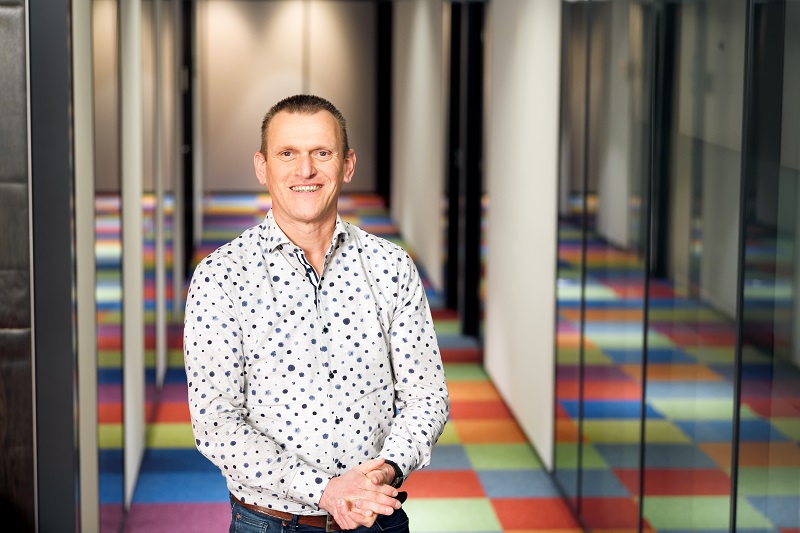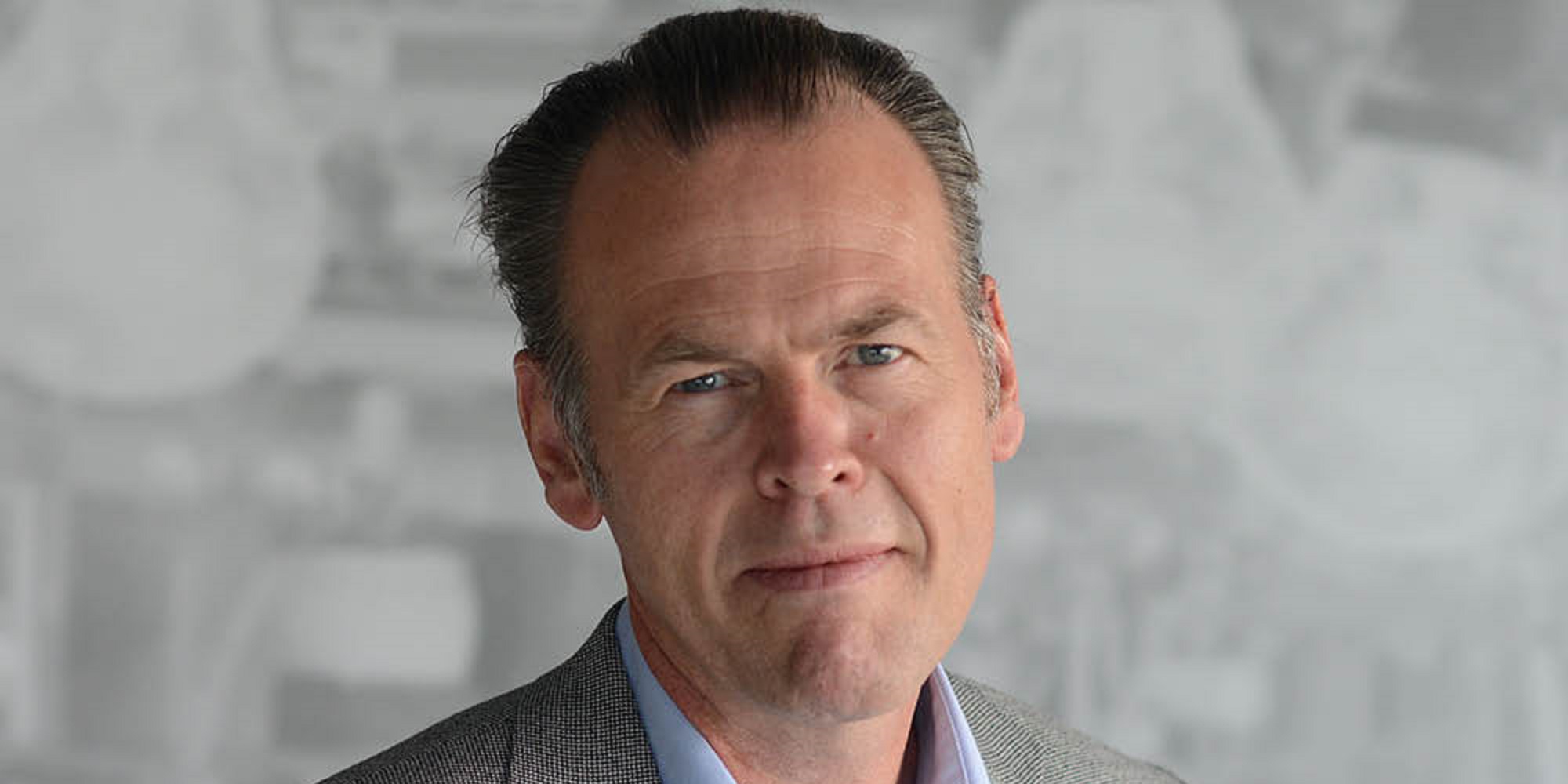One of the wonderful aspects of western society is that if you’re willing to work and have acquired a decent set of relevant skills, you can always find a way to make a living. I’m sure that there are exceptions, but I believe that, by and large, this actually is the case for many of us. Once you get to that point, the question becomes what you want to work on. What’s the work that feels worthwhile to spend your life energy on?
There are many answers in our culture, including making a ton of money, having a career that leaves others in awe or finding ways to get into the public eye so that you can build a reputation. Others view work as a necessary evil that we should spend as little time on as possible. Instead, we should look for ways to minimize the time allocated to work and spend time on other activities, which may include recreation or volunteering.
During most of the bigger vacations, such as summer and around Christmas, I often meet people who are incredibly happy to be away from work for a while. When you probe a little, the way many talk about their job, colleagues and responsibilities isn’t very positive. The vacation is viewed as an escape from the “living hell,” as someone called it, or the “prison” that I heard others refer to. I often wonder why one would stay in a position that one clearly hates or isn’t satisfied with. Why not choose a life that you don’t want to escape from?
That brings me to the first rule for thriving in a digital world: clarify your purpose. We’re all driven by a set of extrinsic and a set of intrinsic motivators. The extrinsic motivators are those that give some form of external reward, ie a form of reward-driven behavior. Your intrinsic motivation comes purely from within and doesn’t expect an external reward. Conducting the work brings its own reward because it aligns with your values, your purpose and what you experience as meaningful.
After I left academia to spend close to a decade in industry, in several vice-president level roles, I worked more hours than I had ever done in my life before that. Nonetheless, I couldn’t stop writing research articles. I kept at it during late evenings, weekends and vacations and even though my productivity dropped dramatically from when I was in academia, I still managed to publish 4-6 papers per year. I realized that writing research papers is my way of making sense of complex, chaotic topics and I relish the intrinsic reward of creating models or frameworks that help me understand and create order in the chaos. One of my intrinsic motivations is to use research to create novel insights and share those with others.
'You can’t figure out what your purpose is by sitting in a chair and thinking'
From this experience, I learned that I was unable to clarify my purpose and intrinsic motivation by sitting in an ivory tower and reasoning through things. I had to actively experiment with different roles, activities and contexts to experience what works for me and gives me energy and what works less well and drains the life out of me. Some people figure out early in life what they want to focus their life on, but many are less clear. My advice to those is to experiment more. You can’t figure out what your purpose is by sitting in a chair and thinking. You have to go out there and do stuff. As Steve Jobs said in the closing of his 2005 commencement speech at Stanford: stay hungry; stay foolish.
The reason why I believe that clarifying your purpose is so important in a digital world is threefold. First, the competition is, in many ways, much tougher as we’re all connected in a global network. Rather than competing with the others in your village, town or city, you’re now competing at a world level. As the saying goes, if you’re one in a million in China (or India, for that matter), there are still a thousand people just as good as you. To be successful, you need to operate at the top of your abilities. And you won’t be able to do that unless you’re completely aligned towards the work. That only happens if you’re intrinsically motivated and 100 percent in the game, which requires alignment with your purpose.
Second, digitalization allows for the automation of not just blue-collar work but even more so of white-collar work. ML/DL models are already better at diagnosing medical images than radiologists. NLP algorithms are better at scanning documents than lawyers. Autonomous-drive algorithms already are better than most drivers in all but a very small set of situations and soon will surpass humans in all contexts. The consequence is that every job or task that’s repetitive and can be described in a process will be automated. The repetition allows for the generation of data that ML/DL models need for training and the process will give a basic structure for algorithms to operate in. To stay relevant, you need to put your energy into the tasks that require all of your human skills and abilities.
The third reason is concerned with self-actualization. Maslov’s pyramid is a well-known framework for reasoning about this and once the basics are in place, which is the case for most of us, the focus is and should be on growing as a human being and as a professional into your full potential. Anything less than that is a waste of human life energy. That requires you to understand in which directions you’d like to grow and then take ownership of that journey and not allow excuses, such as blaming others, to get in the way.
I believe that all of us have come into this life to accomplish something. Something that will leave the world in a better place after you shuffle off this mortal coil. Everyone I meet wants their life to have meant something. For all but the lucky few, however, we don’t wake up one morning with a completely clear understanding of our purpose. It requires active exploration and, at some point, choosing a purpose that, based on your best understanding of your intrinsic motivators and what you experience as meaningful, is your best approximation. That purpose might change over time, but at least, for a while, you have a north star to sail by.
My professional purpose in life is to help accelerate the adoption of digital technologies in the software-intensive industry. I believe that technology, by and large, is a force for good in the world and solely responsible for the amazing progress that humanity has made over the last century or more. At this point in time, digital technologies are the most important technologies as they hold so much unexploited potential. For all the criticism of large corporations, it’s companies that bring technologies to market and through that create the associated societal benefits. So, where I can help accelerate the introduction of new technologies into our society by industry, I help improve the quality of life for humankind and help reduce unnecessary human suffering. And this professional purpose is why I chose to run Software Center, why I’m on the board of several companies and why I invest in startups. To the best of my understanding, at this moment, this is the best use of my time and energy.
I realize that some or even many may completely disagree, but it was never the intention to convince you of my purpose. The goal is to convince me of my purpose and it works for me to guide my actions and how I allocate my time. And, believe me, coming to this point and being able to clarify my purpose to myself took me many, many years.
My challenge to you is to clarify the purpose you choose for your life. What actions are you taking to that end? And if you even have the slightest spiritual side to you, what’s the reason that you’re here, in this life, and are you living up to that purpose? In a world where the opportunities are seemingly infinite, you need direction to ensure that you’re using your time and energy in the best way possible so that when you come to the end of your life, you can be satisfied with how you’ve used that amazing gift of life. As Robert Byrne famously said: the purpose of life is to live a life of purpose.
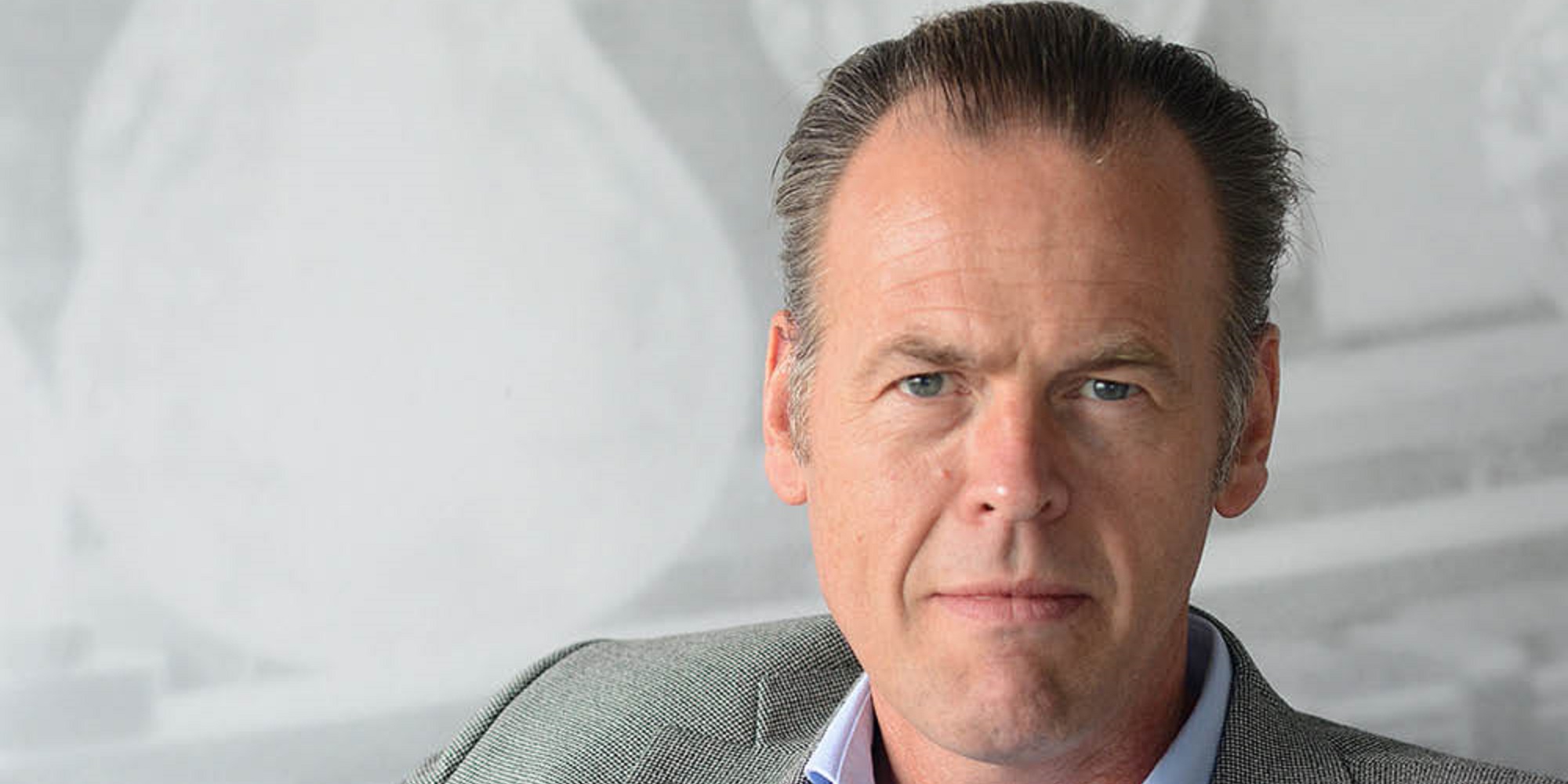
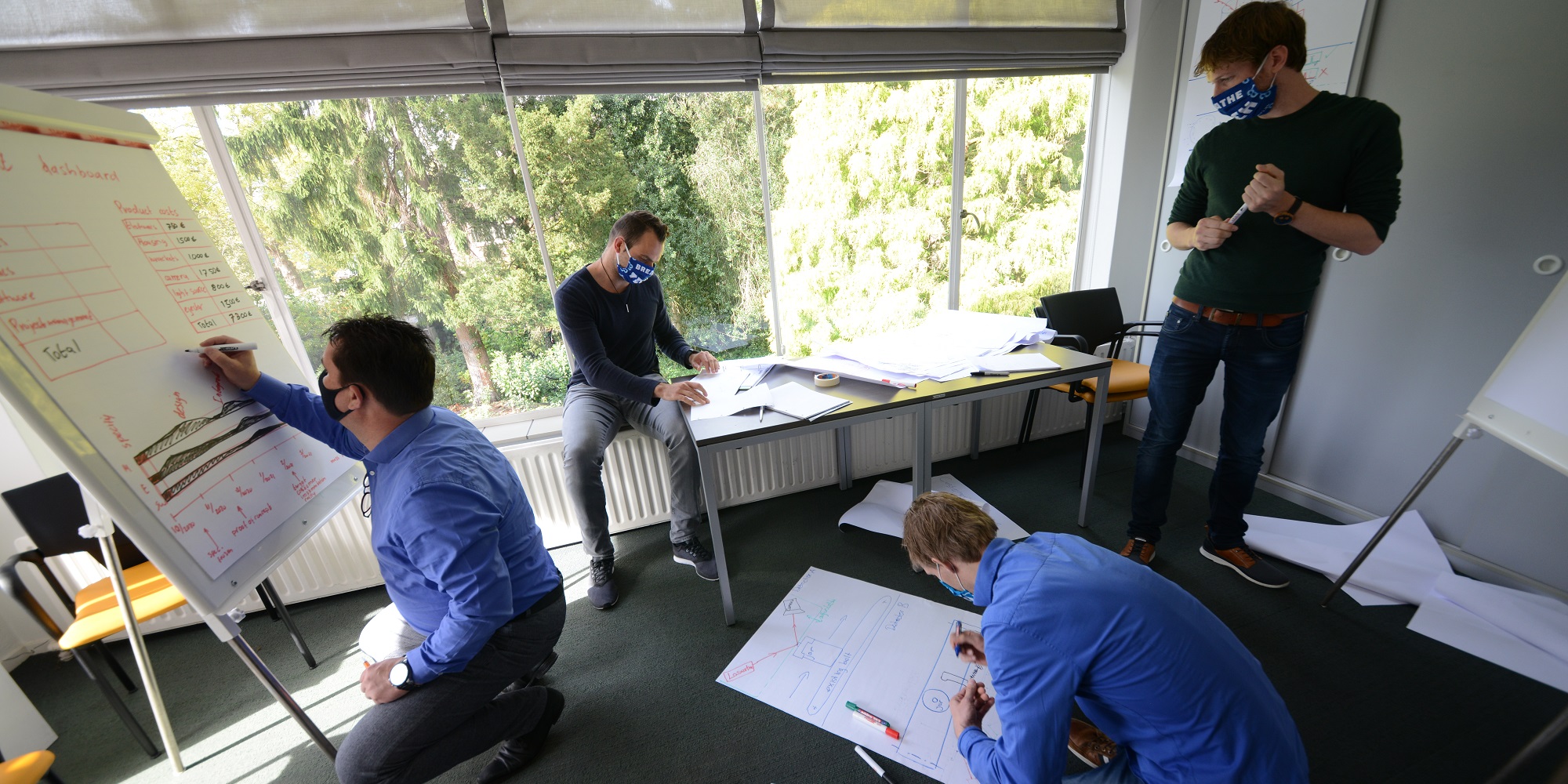
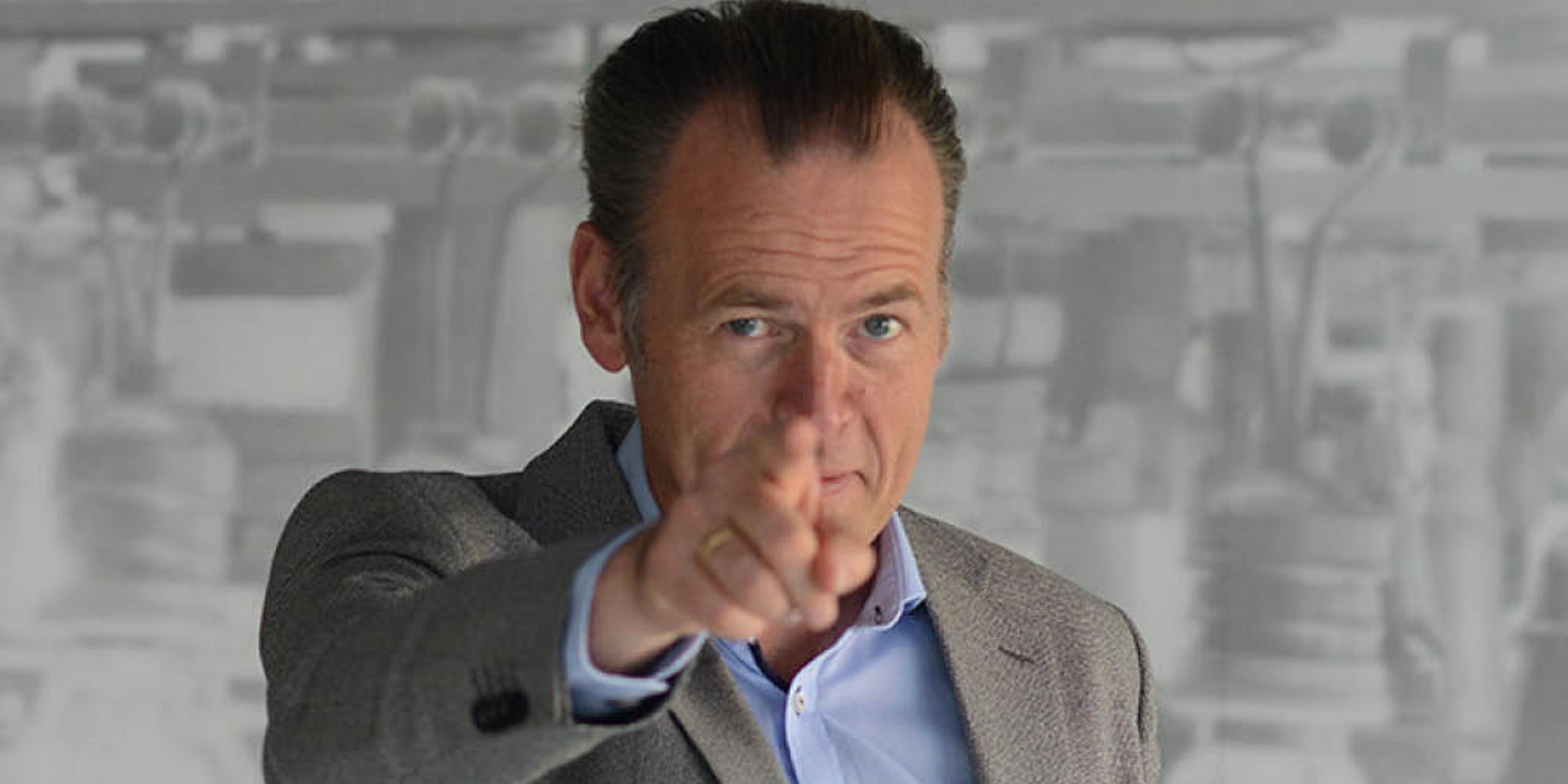
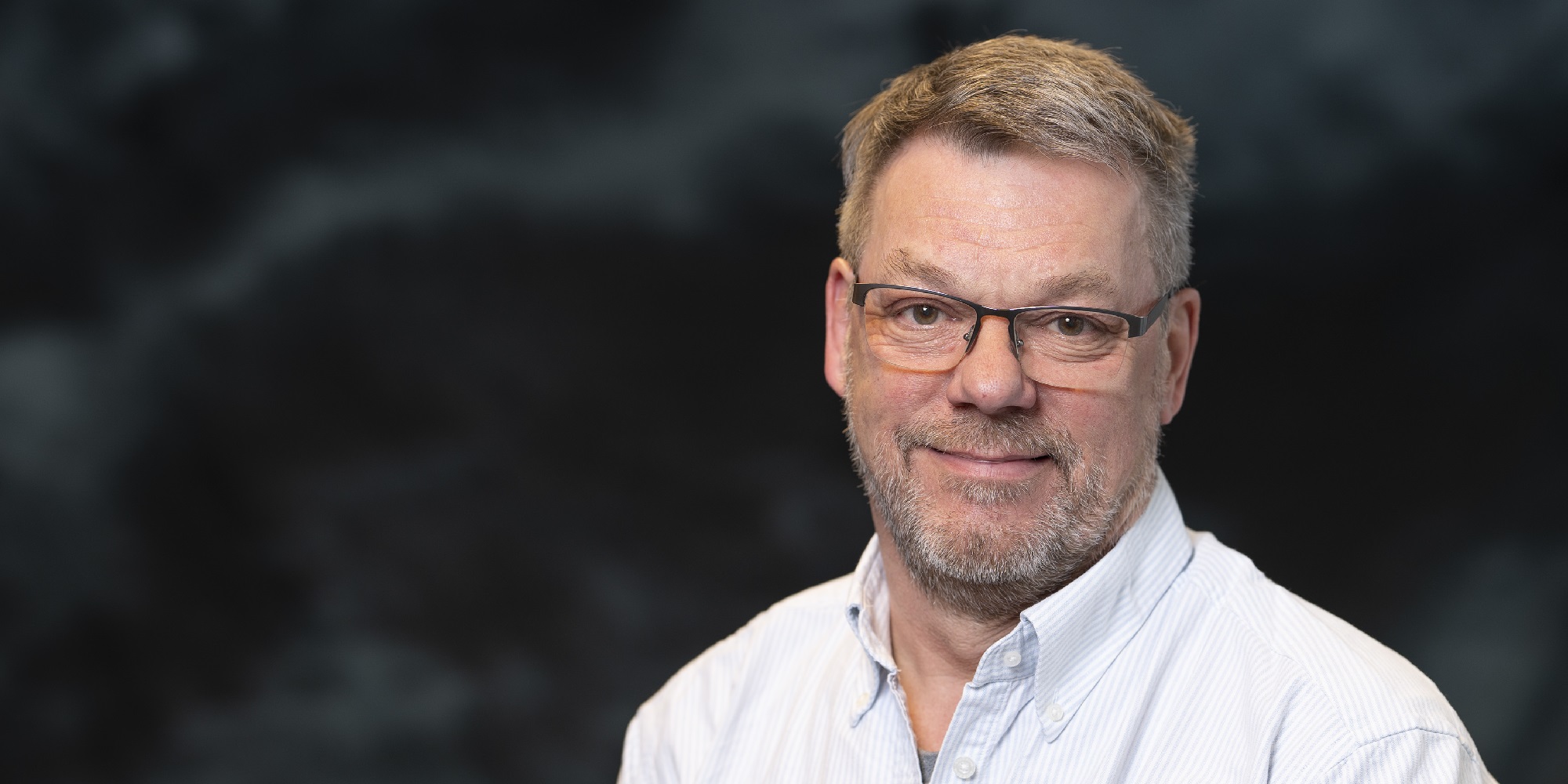
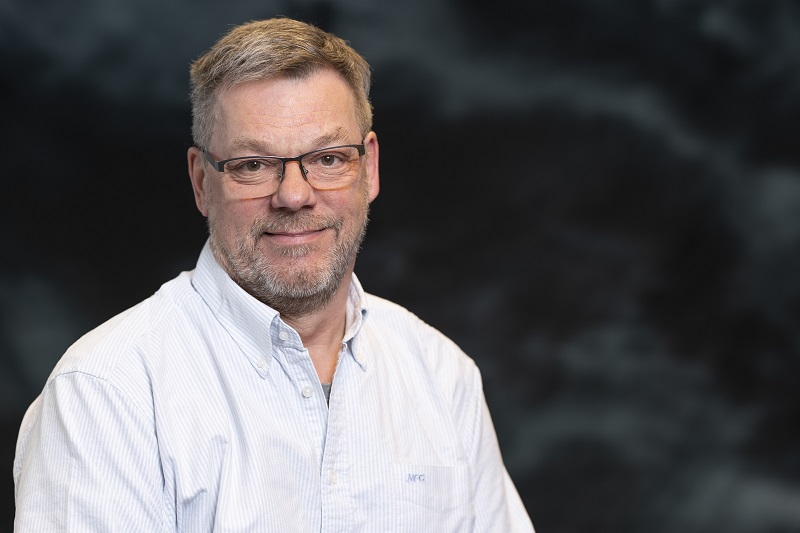
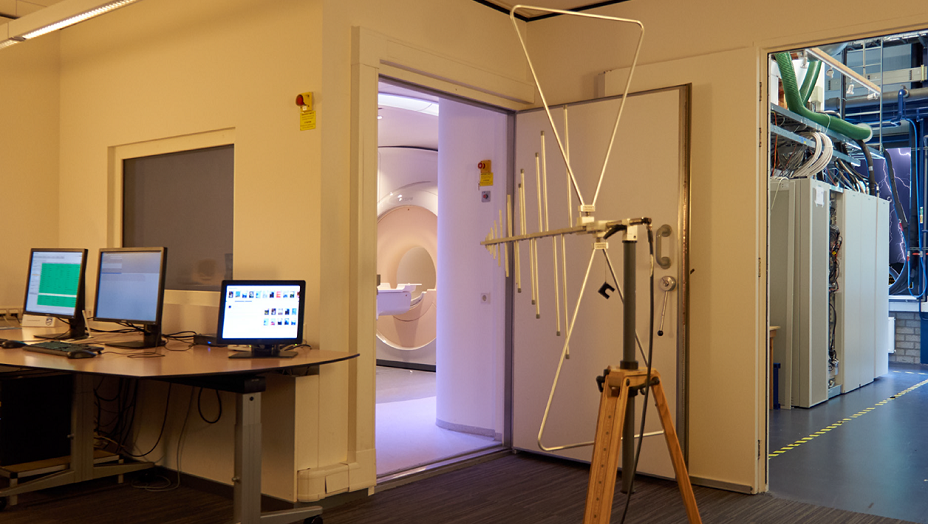
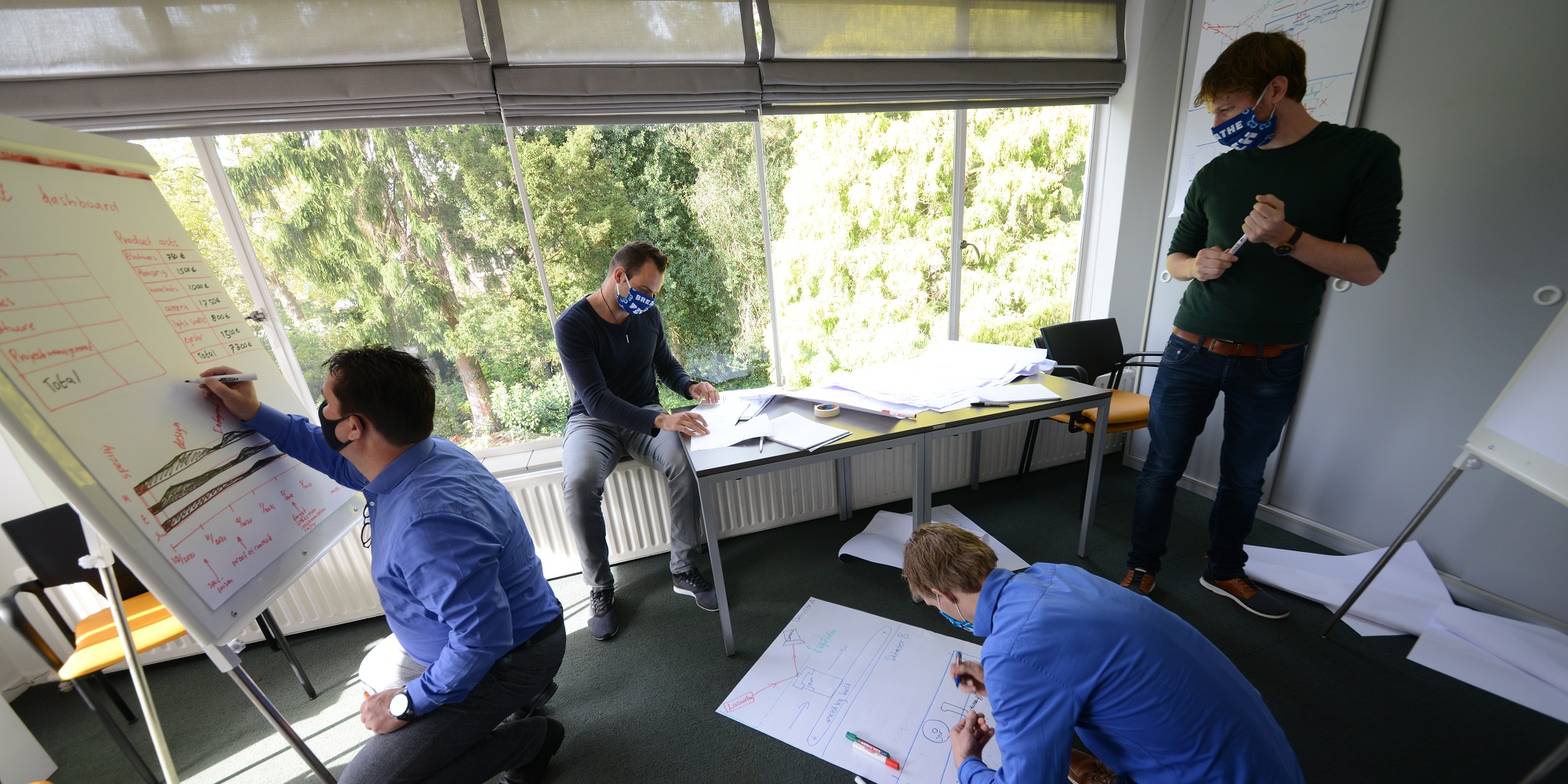
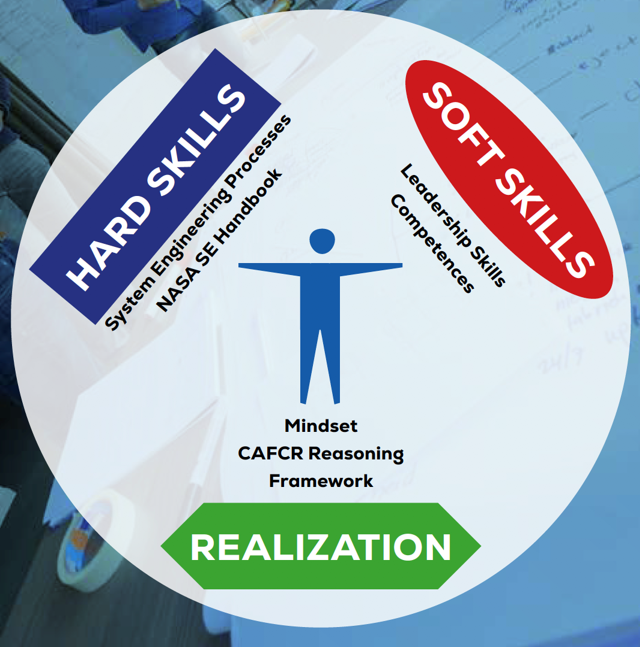
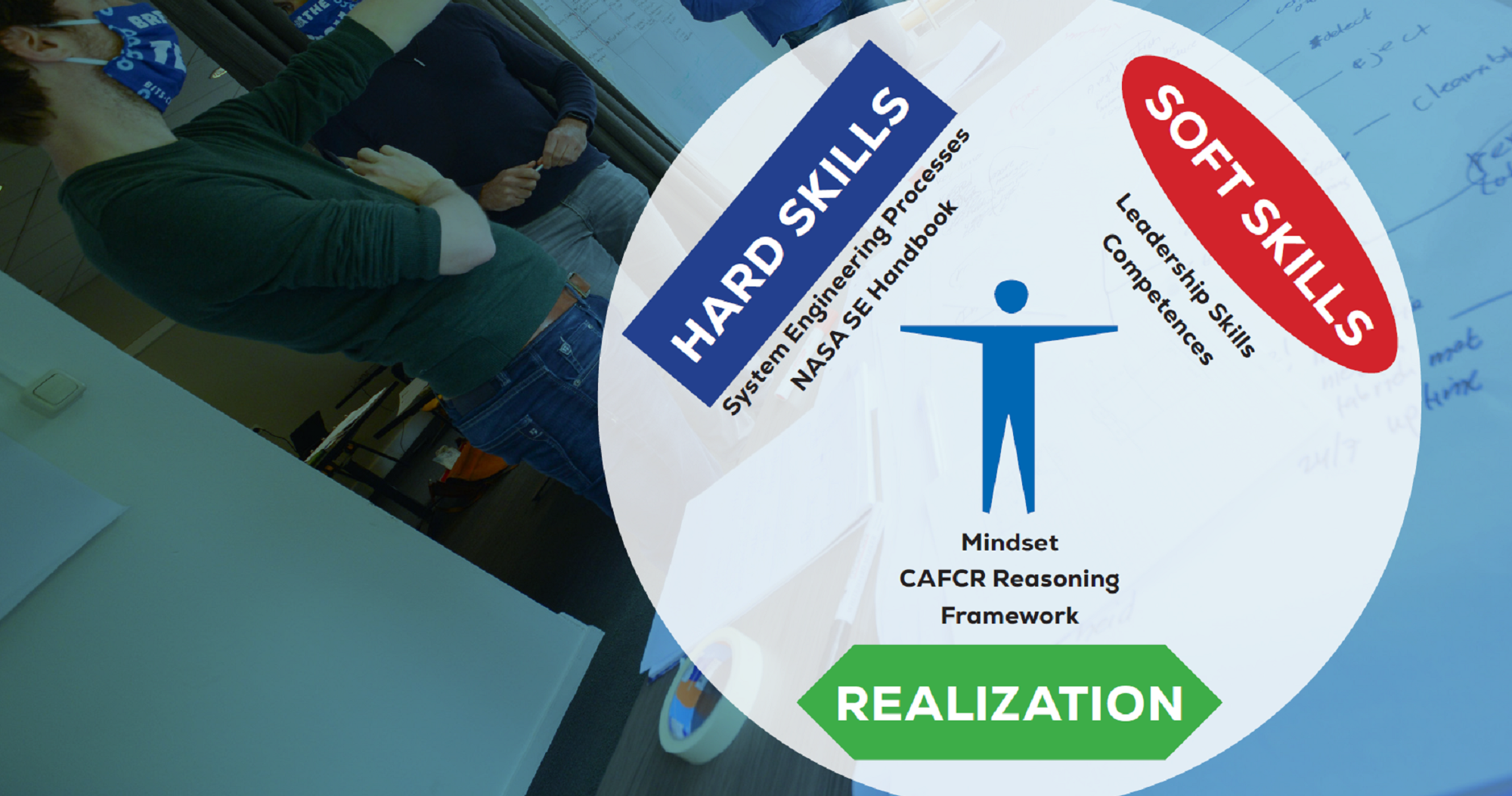
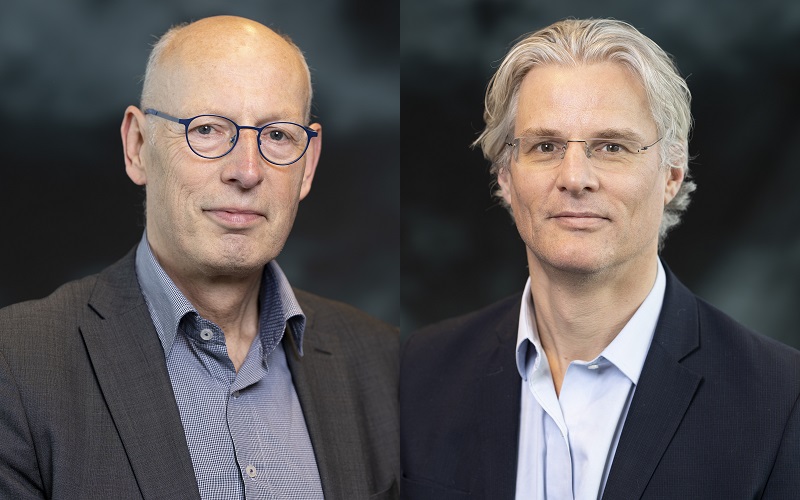
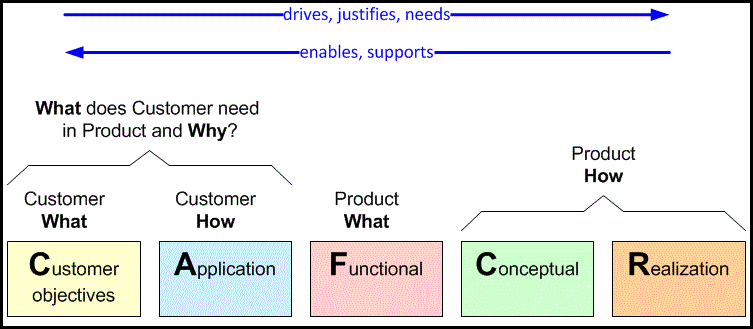
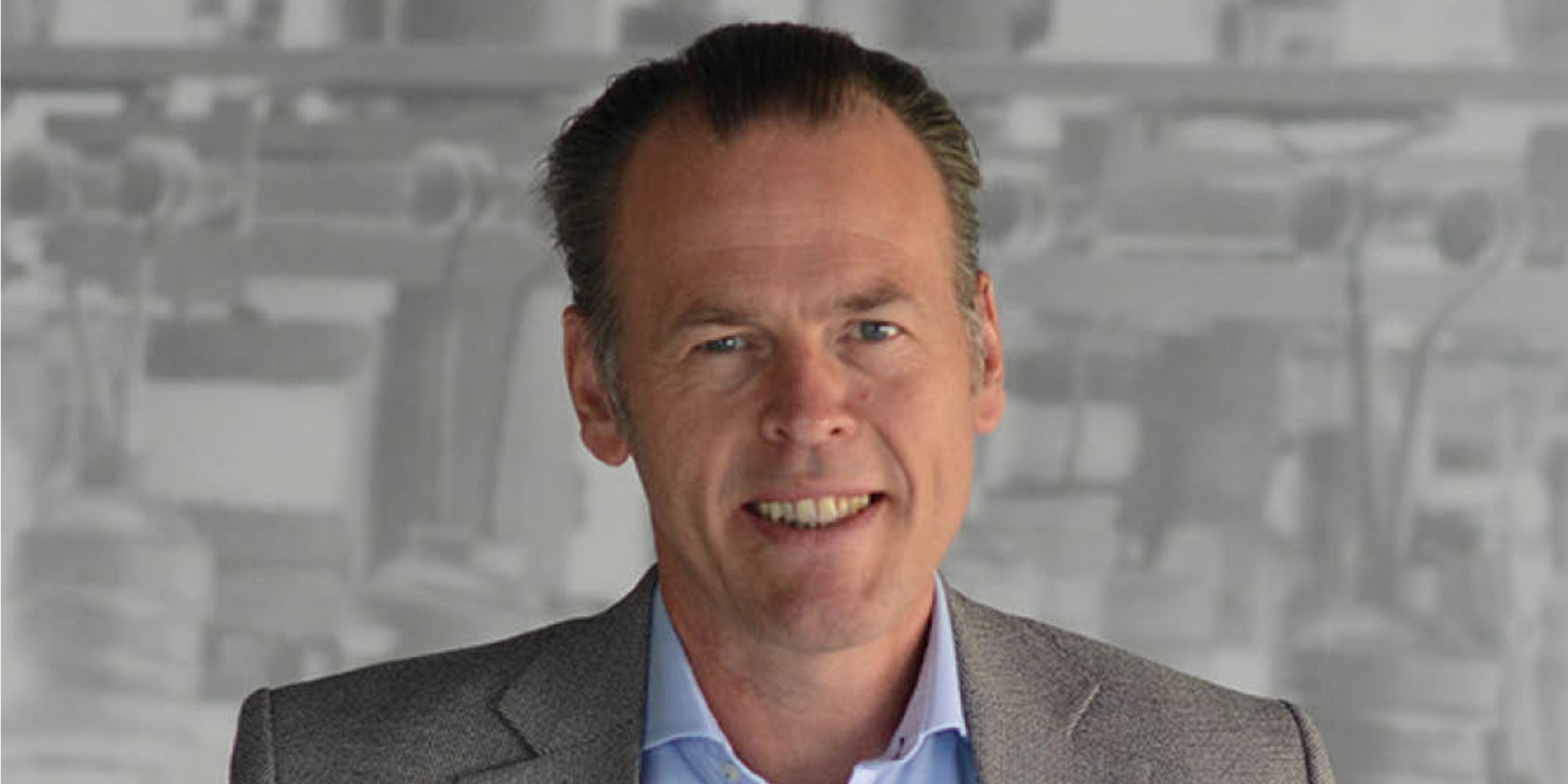
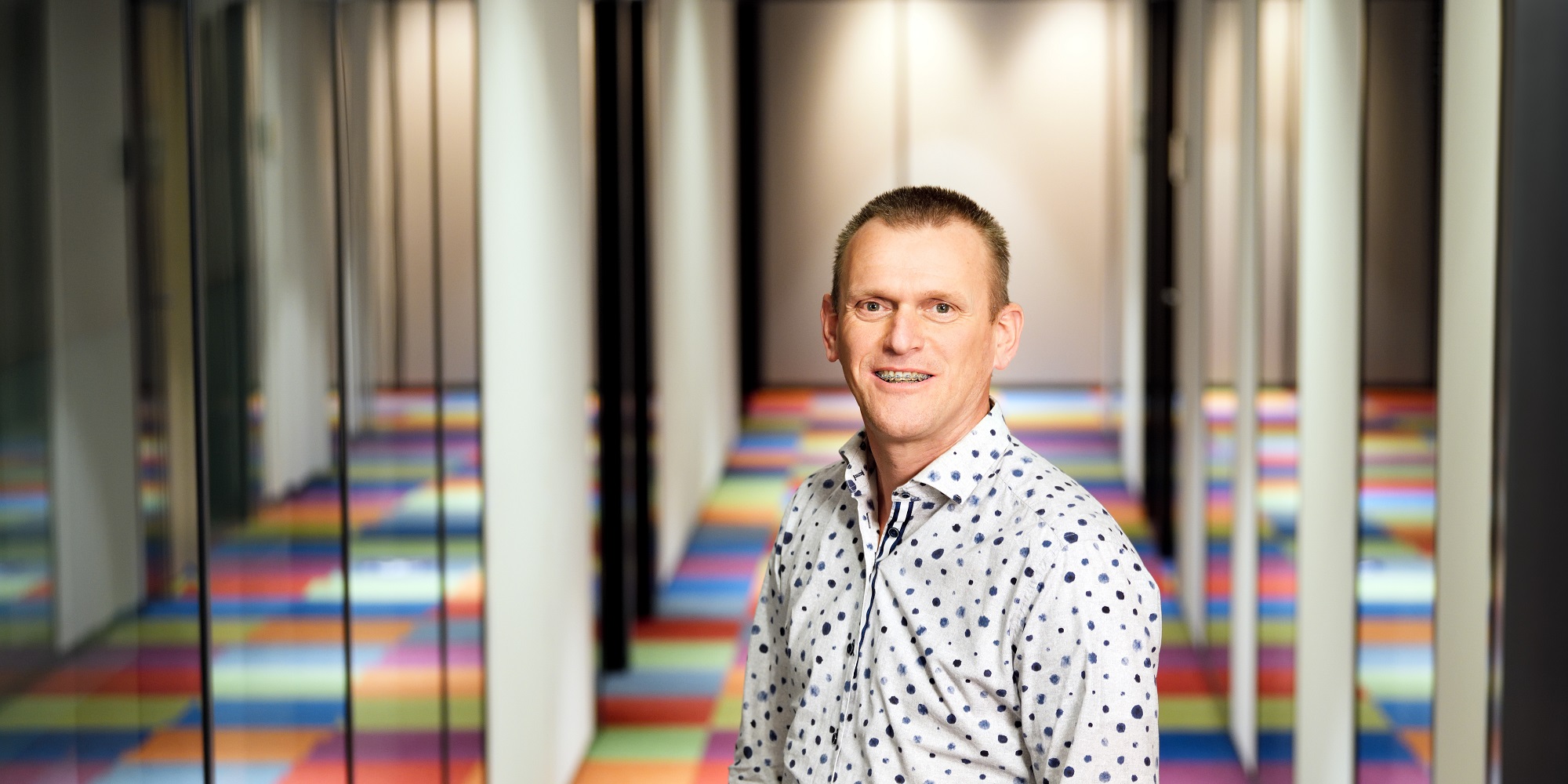
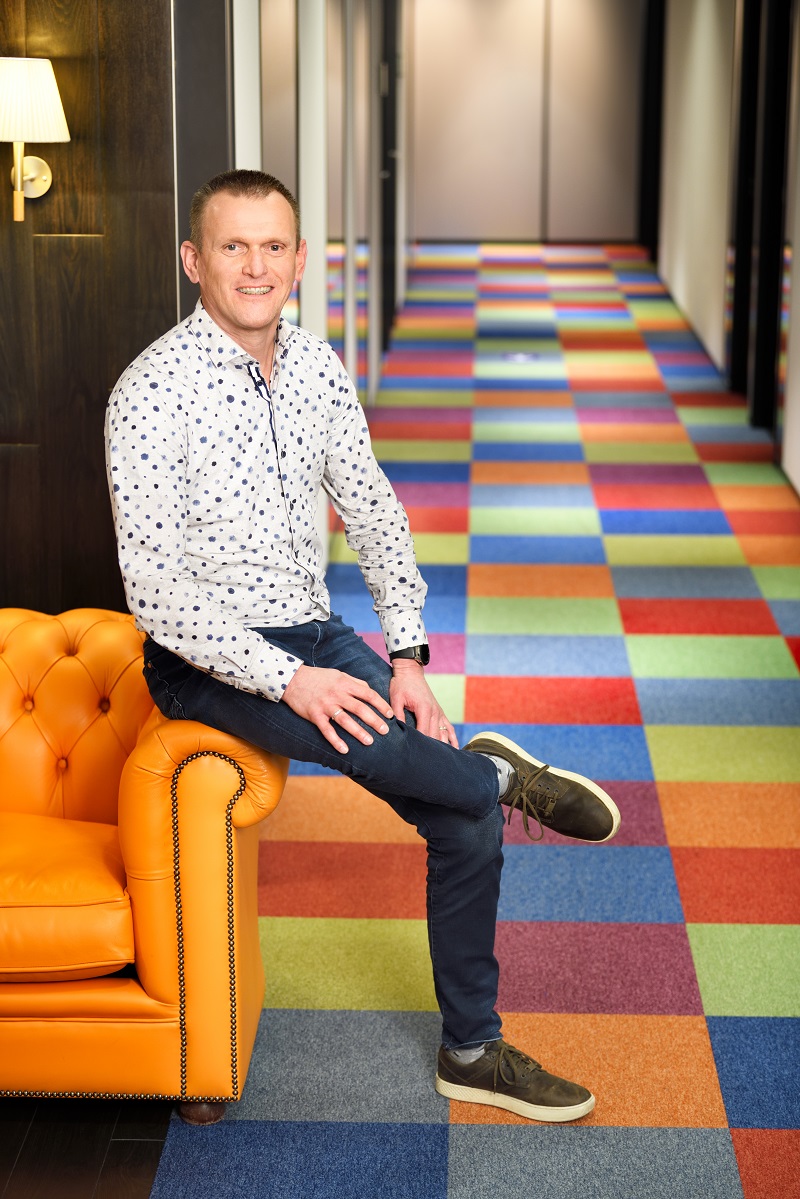 Here at Sioux, or anywhere else for that matter, not everyone has the aspiration to become a senior system architect,” says Duncan Stiphout. Photo by Bart van Overbeeke.
Here at Sioux, or anywhere else for that matter, not everyone has the aspiration to become a senior system architect,” says Duncan Stiphout. Photo by Bart van Overbeeke.